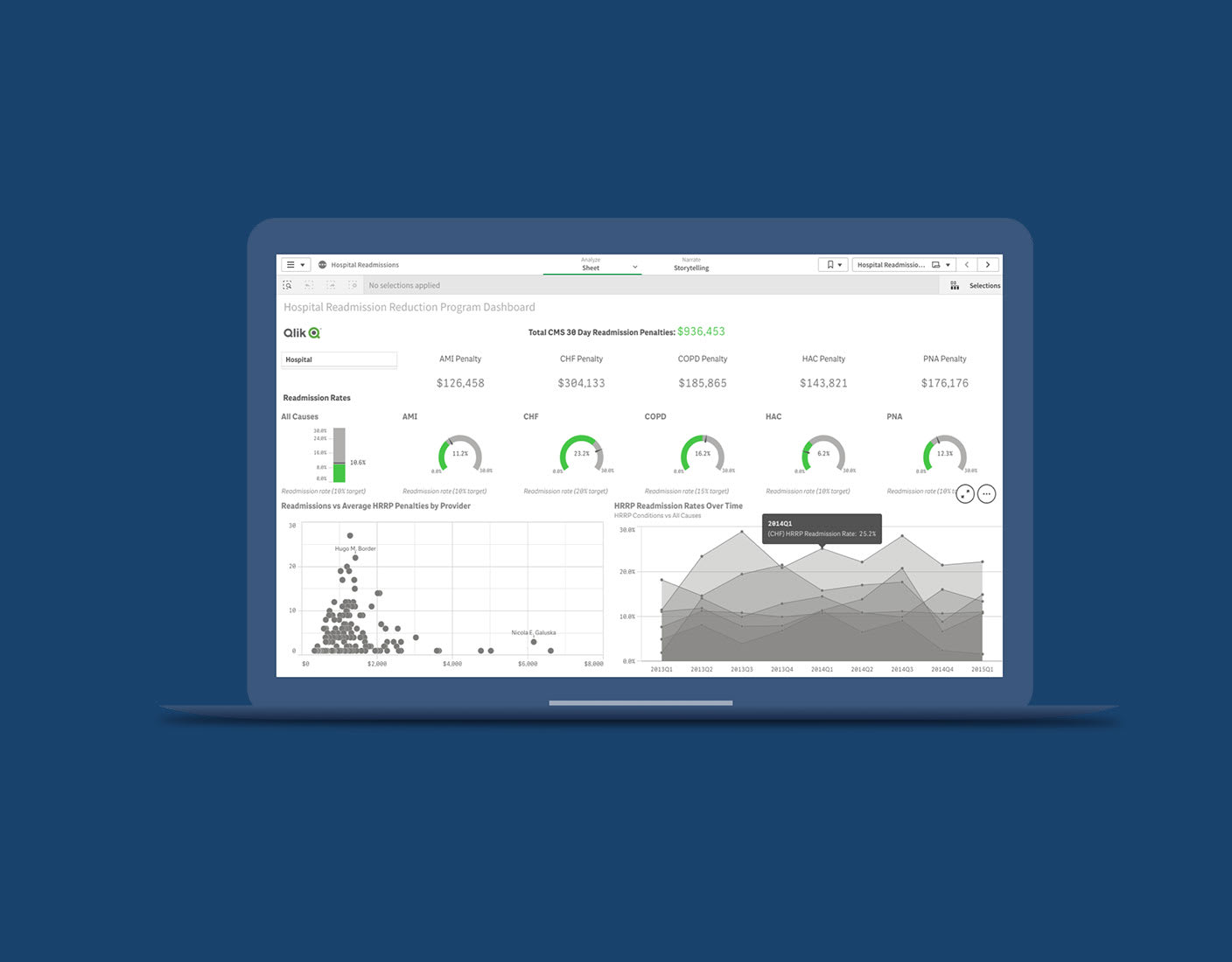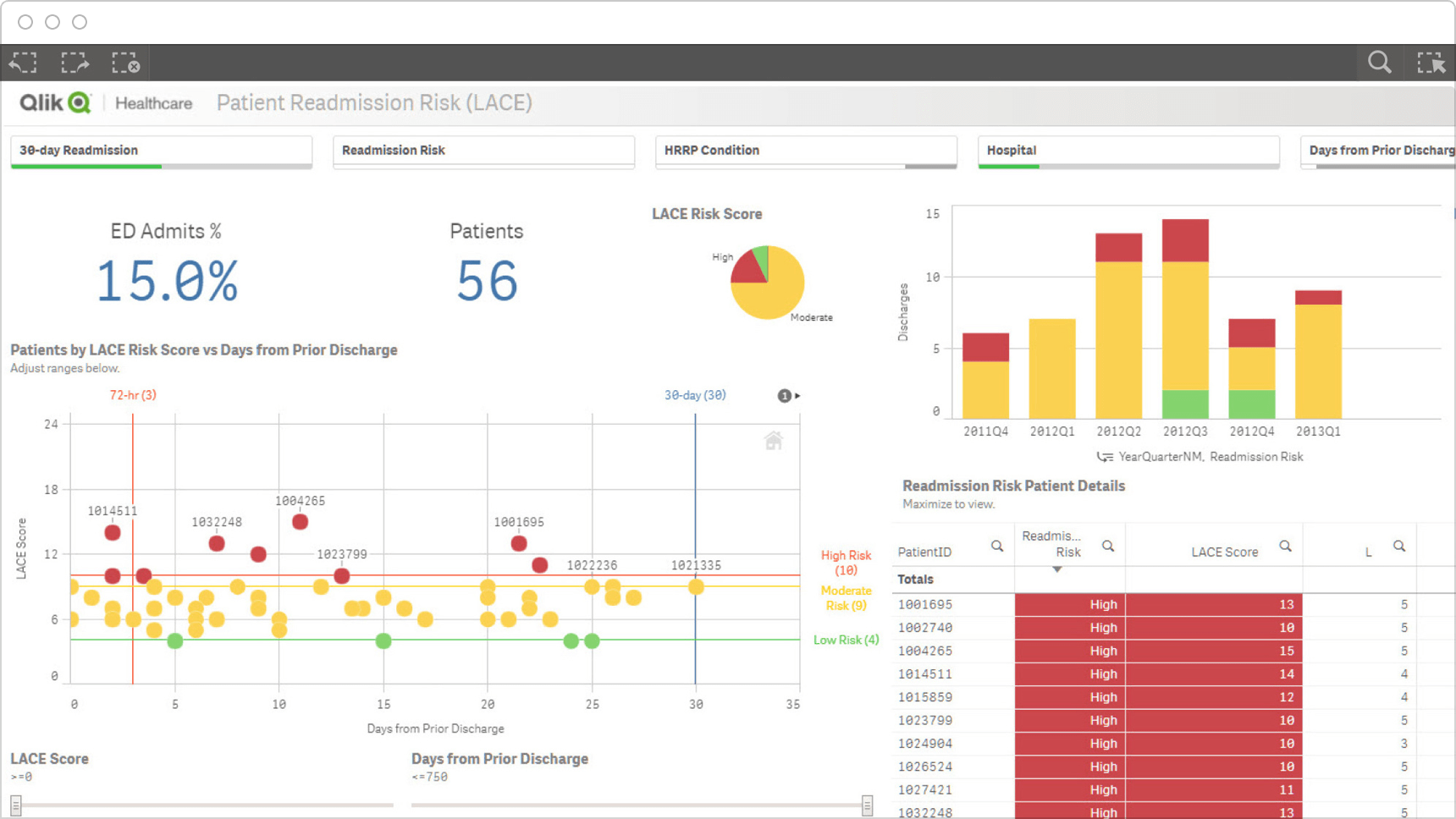Now that we’ve defined what a DSS is, DSS characteristics, and types of decision support system solutions, let’s review decision support system examples to better contextualize DSS benefits across a range of situational applications.
DSS that Use Historical Data: Historical DSS data tabulates past performance and surfaces areas for improvement and/or provides a baseline metric from which to measure. These can include:
Descriptive analytics: Sales, inventory, revenue-related figures.
Diagnostic analytics: A combination of the “what” and the “why” behind data, providing the rationale from which to make go-forward decisions.
Business Intelligence: A range of useful information used to guide important decisions (as described below).
BI Platform for Decision Making: Business Intelligence tools are a sub-segment of the larger decision support system definition, offering a range of insights, tools and data literacy benefits to organizations looking to expand data understanding, especially in the age of big data, AutoML, AI and machine learning. A major benefit of BI systems is that they are far less expensive and time-intensive to develop and implement than other DSS approaches.Augmented analytics refers to AI and machine learning processing and making recommendations on large volumes of data at lightning speed. Here’s a demonstration of how a modern BI platform allows conversational interaction and then suggests relevant insights.

Manual and Hybrid DSS: Before there were computer analyses, manual calculations, spreadsheets and assessments ruled the day. These drew upon available information and qualitative considerations. SWOT analyses are an example of this, as are analyses that rely on subjective judgment, such as performance reviews or creative/art direction. Hybrid DSS combines manual processes with DSS computational power of software applications to deliver a range of data for decision making.
Modeling DSS for Data-Driven Decision Making: This DSS example uses predetermined criteria to populate a query, then delivers the optimal solution based on the available data. This process includes the simultaneous evaluation of many different scenarios that are then presented for consideration. The better and more comprehensive the DSS model design, the richer the model outputs. To optimize models, two approaches are typically followed: rules-based and flexible optimization. The rules-based approach follows predetermined, predictable schedules, such as insurance risk tables. The optimization approach adapts to dynamic inputs and multiple constraints.
Using Predictive DSS for Future Decisions: These DSS tools tap predictive analytics techniques capable of anticipating future trends with a high degree of accuracy. By triangulating past events, current parameters and a range of external data too complex to do manually, predictive DSS can help companies make data-driven decisions about the future.



















































